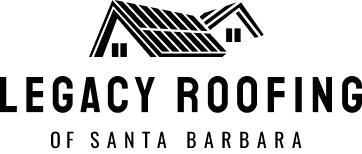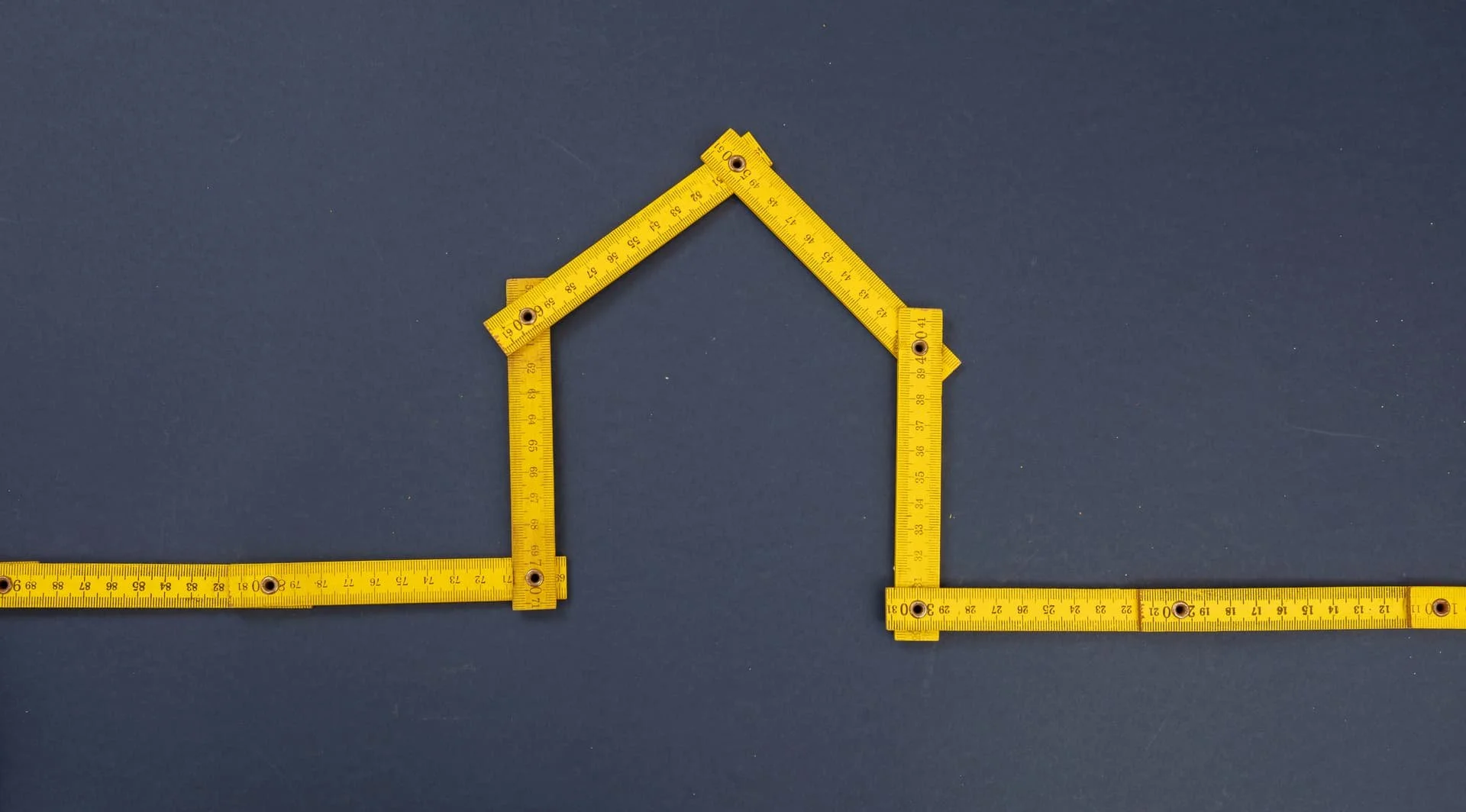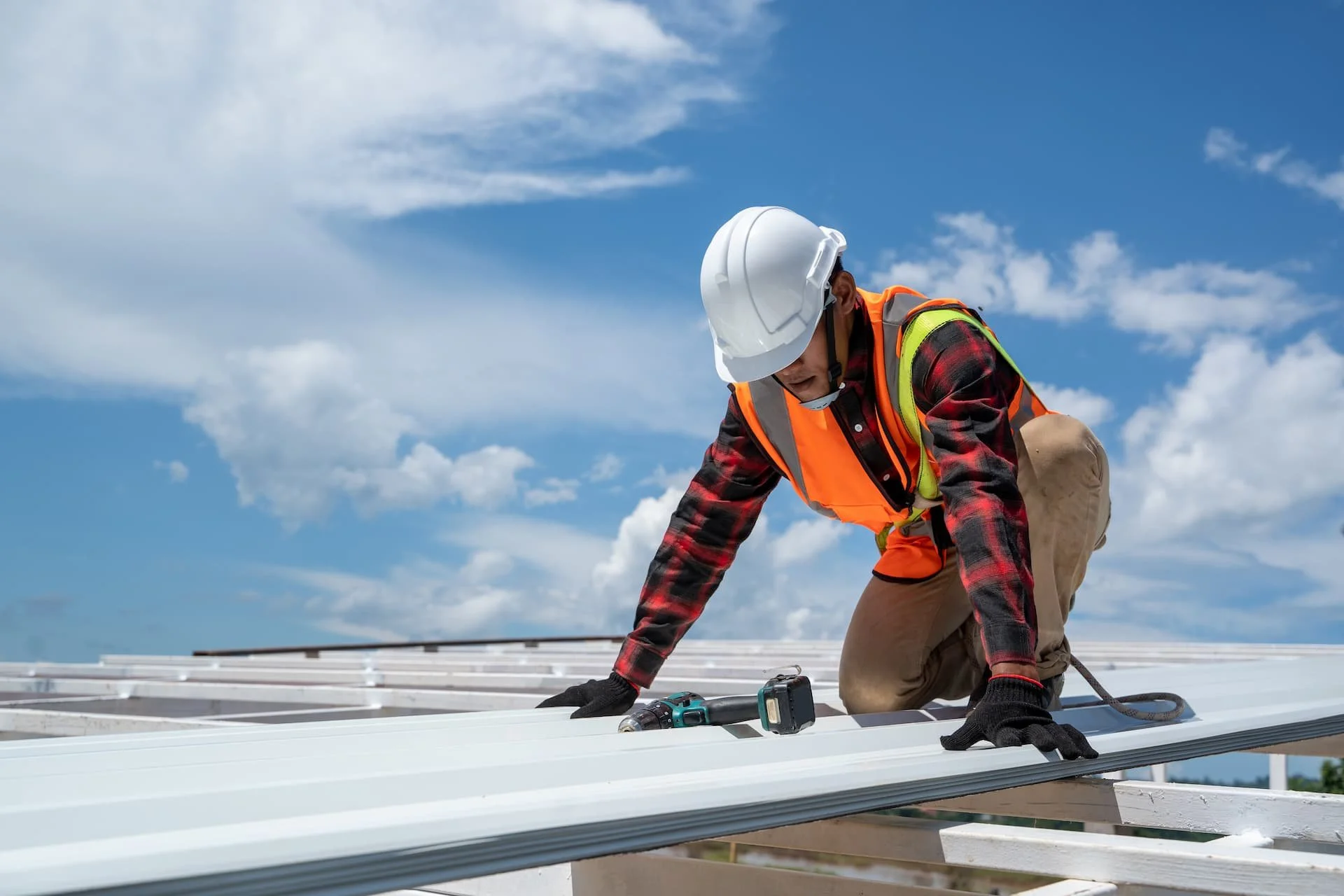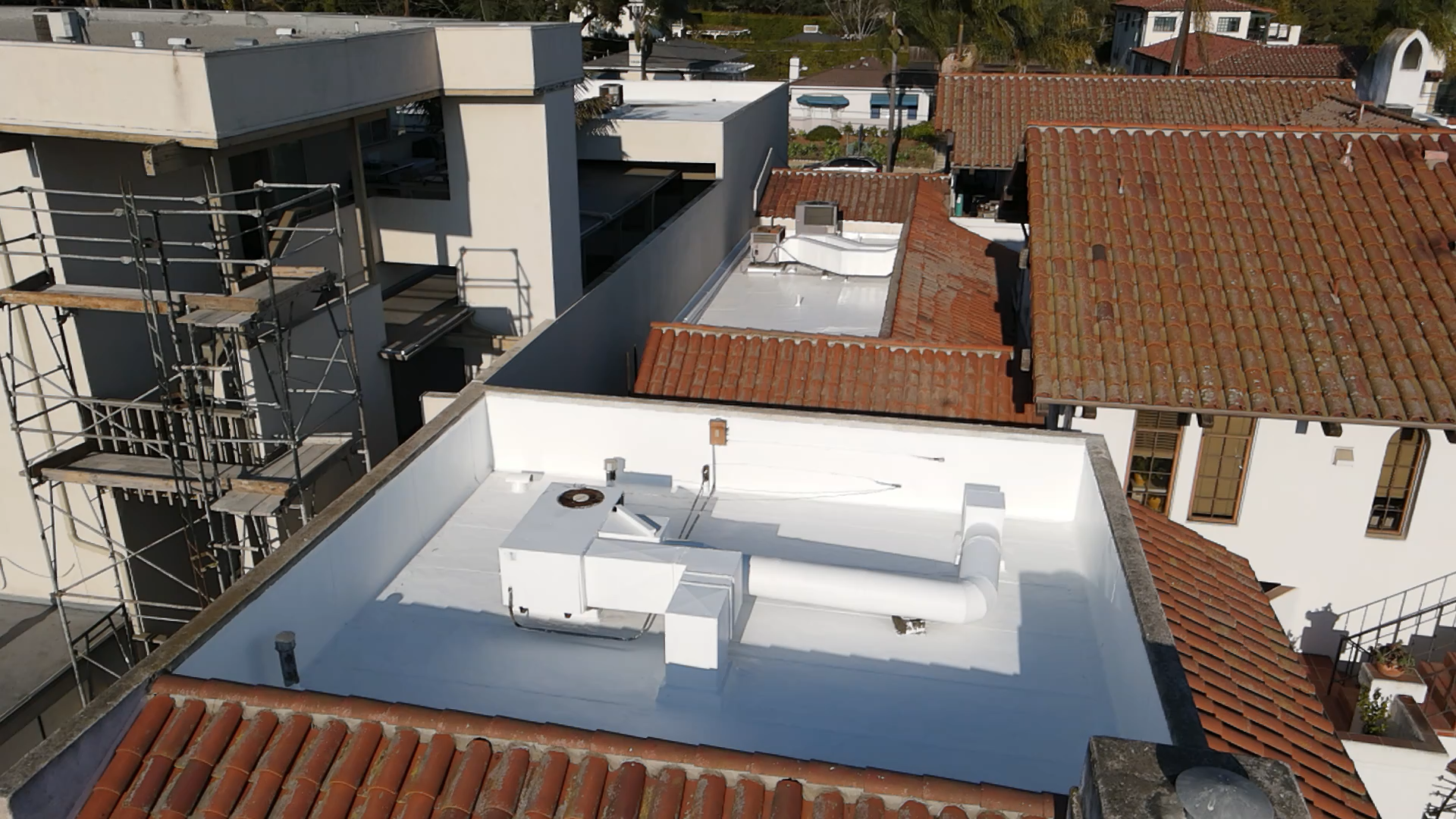How Much Does a Metal Roof Cost in 2025? Pricing, ROI, and Longevity Explained
How Much Does a Metal Roof Cost in 2025? An Introduction
Replacing your home's roof ranks among the largest investments in structural maintenance. While asphalt shingles have long been the traditional choice, metal roofing is rapidly becoming the preferred premium solution, particularly for homeowners focused on maximum durability and long-term cost avoidance. Evaluating this option in 2025 requires looking beyond the initial price and analyzing the total value proposition.
For an average home, a metal roof investment typically costs between $30,000 and $40,000, offering a lifespan of 40+ years. This price range is notably higher than that of an asphalt shingle roof, which generally costs between $20,000 and $30,000 but lasts only 20 to 30 years. Those figures are based on Legacy Roofing of Santa Barbara's personal experience. National industry reports indicate a typical metal roof replacement job averages $51,865, setting the context against the average asphalt shingle replacement cost of $31,871 . Keep in mind that these are regional averages—your actual costs may vary based on your specific location, local labor rates, and market conditions. Understanding where your money actually goes, and what you're getting in return, helps you make a confident decision about this major investment.
Contents
- Why Metal Roof Cost Matters More Than Shingles
- How Metal Roof Pricing Works: Per Square and Variables
- What Are the Key Factors Influencing Metal Roof Pricing?
- How to Approach and Vet Your Metal Roofing Contractor
- Does a Metal Roof Increase Home Value and Is It Worth the Cost?
- Are Metal Roofs Noisy When It Rains, and Can You Install Them Over Shingles?
- What Financial Incentives Are Available, and Does Metal Interfere with Electronics?
- Final thoughts
- Need expert help with Metal Roofing Cost and Installation?
Why Metal Roof Cost Matters More Than Shingles
While the initial price of a metal roof is steep, averaging $30,000 to $40,000, its true value is found in the long-term cost savings and superior durability.
Metal is promoted by industry organizations as the building material of choice that lasts for generations . It's known for its lasting resilience and durability. By lasting 40+ years, a metal roof eliminates the need for expensive, repetitive replacements that would be necessary with asphalt shingles, which typically last only 20 to 30 years.
The advantages of metal are comprehensive, including energy efficiency, fire protection, low maintenance, and design aesthetics. These characteristics collectively make metal a brilliant choice compared to other materials. For the long-term homeowner focused on building or maintaining a "forever home," the security and cost control offered by a metal roof easily justify the higher initial investment.
How Metal Roof Pricing Works: Per Square and Variables
Understanding how contractors measure and quote a metal roofing job is the first step toward budgetary clarity. The standard unit of measurement is the "square," which represents 100 square feet of roof area (a 10 x 10 foot area).
Metal roofs are typically priced between $1400 - $2000 per square. However, there are many variables that influence the price. The final price of the roof, which averages $51,865 nationally, is heavily dependent on these specific, job-related variables, such as the complexity of the design and the pitch of the roof. The next sections detail how these factors dictate whether your project falls on the lower or higher end of the $30,000 to $40,000 typical cost range.
What Are the Key Factors Influencing Metal Roof Pricing?
The premium cost of metal roofing is largely driven by the precision and expertise required for installation, particularly in challenging architectural areas.
1. Roof Geometry and Pitch
Installation complexity, which affects labor time, is a critical cost driver. While metal panels can go quick on simple roof planes, the price varies on the complexity of the roof.
Specifically, the presence of architectural features like hips and valleys adds significantly to the price because installation takes a long time in those areas. Roofing contractors must lock each panel on to the metal strip in the valley, a painstaking process that increases labor costs.
Similarly, the pitch of the roof (e.g., if it's really steep) is a major variable that complicates access and safety, thereby driving up labor costs.
2. Material Choice (Steel vs. Aluminum)
The choice of metal is critical, particularly for homes in specialized environments. Standard metal roofing is typically steel that's coated in Kynar 500® Paint.
However, if a structure is located in close proximity to the ocean, specifically within 100 yards of the ocean, the expert advice is to use aluminum coated with Kynar 500® Paint. Aluminum provides a more secure roof against coastal corrosion.
This material upgrade comes at a premium: aluminum is quite a bit more expensive, specifically 50% more material-wise than steel. Despite the higher material cost, owners note that the overall cost of the roof is not that much more when factoring in the total installation and labor expenses.
3. Metal System Type (Standing Seam vs. Exposed Fastener)
Metal systems are generally categorized by how their panels are secured. Standing seam systems, which use hidden fasteners, are often more expensive than exposed fastener roofing due to specialized labor, materials, fabrication, and clips. While the exposed fastener system is cheaper initially, standing seam is often preferred for its superior weatherproofing and long-term low maintenance, supporting the 40+ year lifespan of the roof.
How to Approach and Vet Your Metal Roofing Contractor
Given the significant investment, averaging $30,000 to $40,000, vetting a metal roofing contractor is crucial to guaranteeing a quality installation that delivers lasting resilience.
Homeowners should prioritize contractors who demonstrate high standards and are backed by manufacturers. GAF, A leading roofing manufacturer, advises customers to choose a roofer certified with confidence, noting that certified contractors can offer their strongest warranties.
Furthermore, look for assurance that materials and processes meet strict safety and performance benchmarks. Organizations like Underwriters Laboratories (UL) specialize in providing independent certification services and testing services to ensure products meet go-to-market entry requirements for safety and performance. Vetting involves confirming their expertise in complex architectural details, such as securing panels in hips and valleys.
Does a Metal Roof Increase Home Value and Is It Worth the Cost?
The ROI of a metal roof is frequently questioned, especially when comparing its high cost to the affordability of shingles.
Based on 2025 data from the National Cost vs. Value Report:
In comparison:
While asphalt shingles recoup a significantly higher percentage of their lower initial cost immediately upon resale, metal's value is realized over time. By lasting 40+ years, the metal roof avoids the cost of multiple asphalt replacements (lasting 20 to 30 years), making it the superior financial decision for a long-term property owner.
Are Metal Roofs Noisy When It Rains, and Can You Install Them Over Shingles?
Homeowners often raise practical concerns about comfort and installation methods.
Are Metal Roofs Noisy When It Rains? Although some homeowners are concerned about rain noise with metal roofs, it’s really not an issue with modern metal roofing. Metal roofs are installed over solid decking and underlayment, which effectively dampens sound to levels comparable to traditional roofing materials. Industry professionals with decades of experience, like a representative I spoke with at Taylor Metal, report never receiving a single noise complaint in over 25 years. When properly installed, metal roofing simply doesn't create the loud drumming effect many people imagine. See our metal roof vs shingles blog post to learn more.
Can You Install Them Over Shingles? A cost-saving question often raised is whether metal roofing can be installed over existing shingles. Although feasible, we personally do not recommend this. Shingle roofing is not a proper underlayment for a metal roof, The siding required for metal over shingle roofing looks really bad, and repairs are just that much harder given there are two layers now to work through to reach a problem area. To learn more, read our article about metal over shingle roofing.
What Financial Incentives Are Available, and Does Metal Interfere with Electronics?
What Financial Incentives Are Available? Because metal offers superior resistance to fire and severe weather, contributing to its lasting resilience, some insurance providers may offer reduced premiums (however, be sure to speak with your insurance provider before purchasing a metal roof). Additionally, the energy efficiency and longevity of metal may qualify for regional tax credits.
Does Metal Interfere with Electronics? While metal can block external signals, a home's internal Wi-Fi network is typically fine. If cellular reception is weak, external signal boosters may be necessary to resolve the interference.
Final thoughts
Choosing metal roofing means prioritizing long-term security and cost control over immediate savings. While the initial investment for a metal roof is significant—averaging $51,865 nationally according the Journal of Light Construction and typically costing $30,000–$40,000 for a replacement—its lasting resilience and lifespan of 40+ years justify the expense. Metal is the superior choice for a "forever home."
If, however, minimizing upfront cost is the primary concern, asphalt shingles (costing $20,000–$30,000 and lasting 20–30 years) may be a more appropriate, albeit temporary, solution.
Need expert help with Metal Roofing Cost and Installation?
Metal roofing installation is a specialized craft, requiring expertise beyond traditional shingle work. Our metal roofing company is expertly trained to handle the variables that define complex projects.
We understand that the price varies on the complexity of the roof. This is particularly true in challenging areas like hips and valleys, where installation takes a long time because each panel must be precisely locked on to the metal strip in the valley. Due to the many variables, including the steepness (pitch of the roof), we advise you ask us for a quote so you’ll know exactly what it would cost.
Contact us today to receive a comprehensive consultation and a customized quote that accurately reflects the material needs and complex installation requirements of your home.
author bio
Jeremy Burrey, owner of Legacy Home Roofing, is a roofing expert with over 20 years of hands-on experience. He specializes in metal roofing, valued for its durability, fire resistance, and long lifespan. A second-generation roofer, Jeremy carries on his family's tradition of quality construction in Santa Barbara and personally oversees each job to ensure top-notch results.








